From Health magazine
They survive cold season without a sniffle. They fly in germ-packed airplanes unscathed. And they somehow avoid stomach bugs that decimate the office.
Wish you could be one of these people who never get sick? Try one or—even better—all of these secrets, and you too could join the club this flu season.
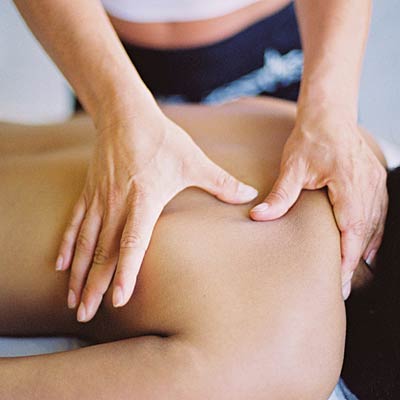
Get a massage
Most studies show that massage can reduce anxiety, blood pressure, and heart rate—and lowering these is likely to cause your stress level to drop, one key to building immunity.Make it work for you: Any type of rubdown is fine, as long as you ask for moderate pressure. The therapist's touch should be vigorous enough to move or indent skin but not so hard that it causes pain.
How often do you need one? There's no science on that, but experts say once a month (or more) is worthwhile. Check with your insurance provider to see if it's covered or check out massage schools with discounted services.

Take a cold shower
Devotees claim cold showers help with low energy, migraines, circulation, and pain reduction. The scientific jury's still out on cold showers, but Mary Ann Bauman, MD, author of Fight Fatigue: Six Simple Steps to Maximize Your Energy, says there's no harm in trying.Make it work for you: Try small doses. Although a 10-minute cold shower might be tolerable in the summertime, in the winter you may want to opt for a 1-minute blast at the end of a warm shower. Consult your doctor if you have cardiovascular problems, because the sudden chill can cause a spike in blood pressure.
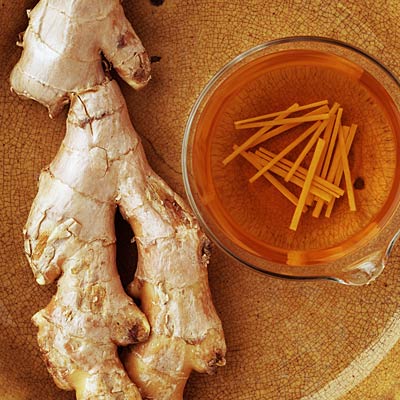
Take ginger
For centuries, ginger has been the go-to root for a wide range of gastrointestinal distresses, including constipation. Researchers believe its compounds stimulate digestive secretions, improve intestinal muscle tone, and help move food through the gastrointestinal tract.Make it work for you: Fresh ginger—sipped in tea or eaten straight-up—is best, says Sari Greaves, RD, of New York Presbyterian Hospital–Weill Cornell Medical Center in New York City. But ginger in other forms (dried, powdered, cooked) can be effective too.

Wash your hands
According to the Centers for Disease Control and Prevention, hand-washing is the number-one action you can take to dodge the 1 billion colds Americans come down with annually (not to mention the bacteria, such as E. coli and salmonella, that cause foodborne illnesses).Make it work for you: Wash with regular soap and warm water for at least 20 seconds (the time it takes to sing "Happy Birthday" twice). Vigorously scrub all parts of your hands, not just palms, and check your fingernails for trapped dirt. Dry with paper towels, or designate a cloth hand towel for each member of your household.
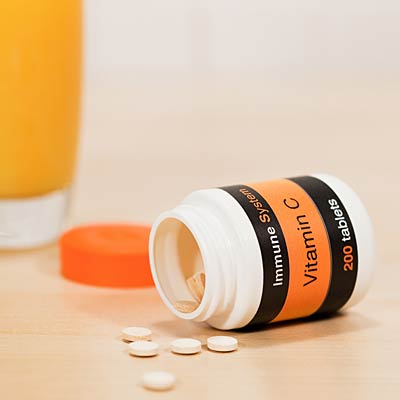
Take vitamin C and zinc
Although vitamin C and zinc for cold prevention remain controversial, some studies show that C is helpful —especially for people who are under extreme stress—and that zinc can prevent viruses from multiplying. Experts say there's no harm in trying.Make it work for you: Neil Schachter, MD, director of respiratory care at Mt. Sinai Medical Center, in New York City, suggests taking a conservative amount of vitamin C (500 milligrams a day) at the first sign of a cold. (The Institute of Medicine advises drawing the line at 2,000 mg daily to avoid gastrointestinal or kidney problems.) As for zinc, Dr. Schachter suggests taking zinc lozenges several times a day when a cold starts.
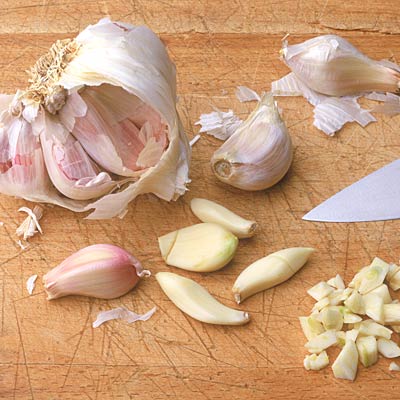
Eat more garlic
Garlic is rich in antioxidants that boost immunity and fight inflammation, says Carmia Borek, PhD, research professor in the department of public health and family medicine at Tufts University School of Medicine in Boston. That means the herb, in addition to boosting defenses against everyday illness, probably helps to stave off cancer and boost heart health.Make garlic work for you: If you're worried about bad breath and yucky burps, you're not alone. Happily, there are options with fewer side effects. Aged-garlic extract is a great odor-free alternative, and it even has a higher concentration of the potent compounds that make garlic a superfood, Borek says.

Stay positive
In one study, participants who had heightened activity in a region of the brain associated with a positive attitude produced greater amounts of flu antibodies. Researchers aren't clear on the connection, but they do know "the brain communicates with the immune system, and vice versa," says Anna L. Marsland, PhD, director of the Behavioral Immunology Laboratory at the University of Pittsburgh.Make it work for you: If you don't always think positively, experts say, you can at least learn to be less negative. Don't dwell on your symptoms when you do get sick, and try not to assume the worst (like telling yourself, "I always get sick this time of year" or "This cold blows the whole week"). "You probably can't change your personality," Marsland says, "but you can change your behavior."


.jpg)
.jpg)
.jpg)
.jpg)
.jpg)
.jpg)
.jpg)
.jpg)
.jpg)
.jpg)
.jpg)
.jpg)
.jpg)
.jpg)
.jpg)
















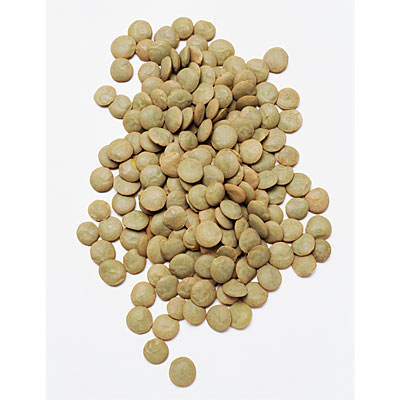

.jpg)
.jpg)
.jpg)
.jpg)
.jpg)
.jpg)
.jpg)
.jpg)
.jpg)
.jpg)
.jpg)
.jpg)
.jpg)
.jpg)
.jpg)
.jpg)
.jpg)
.jpg)
.jpg)
.jpg)
.jpg)
.jpg)
.jpg)
.jpg)
.jpg)
.jpg)
.jpg)
.jpg)
.jpg)
.jpg)
.jpg)
.jpg)
.jpg)
.jpg)
.jpg)
.jpg)
.jpg)
.jpg)
.jpg)
.jpg)
.jpg)
.jpg)
.jpg)